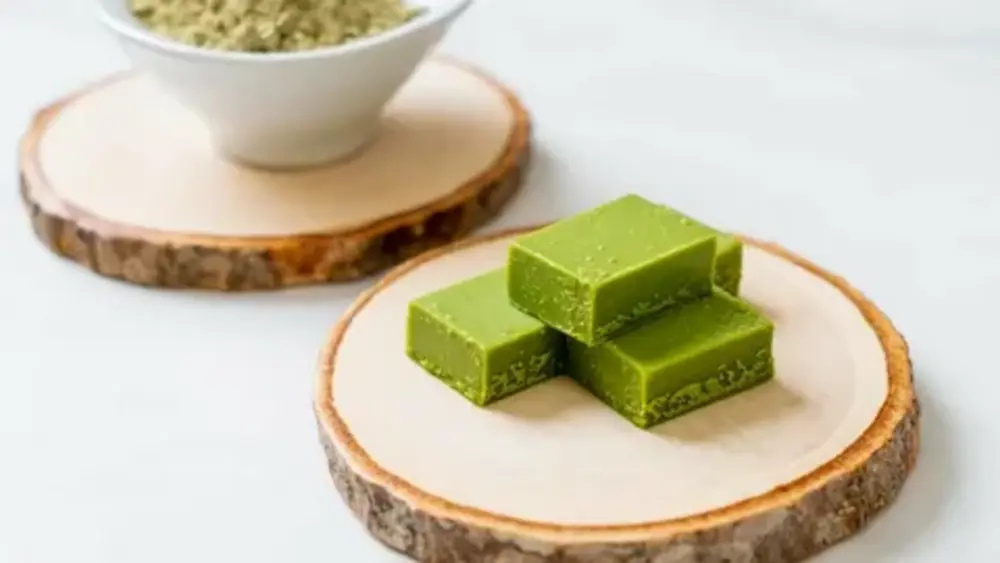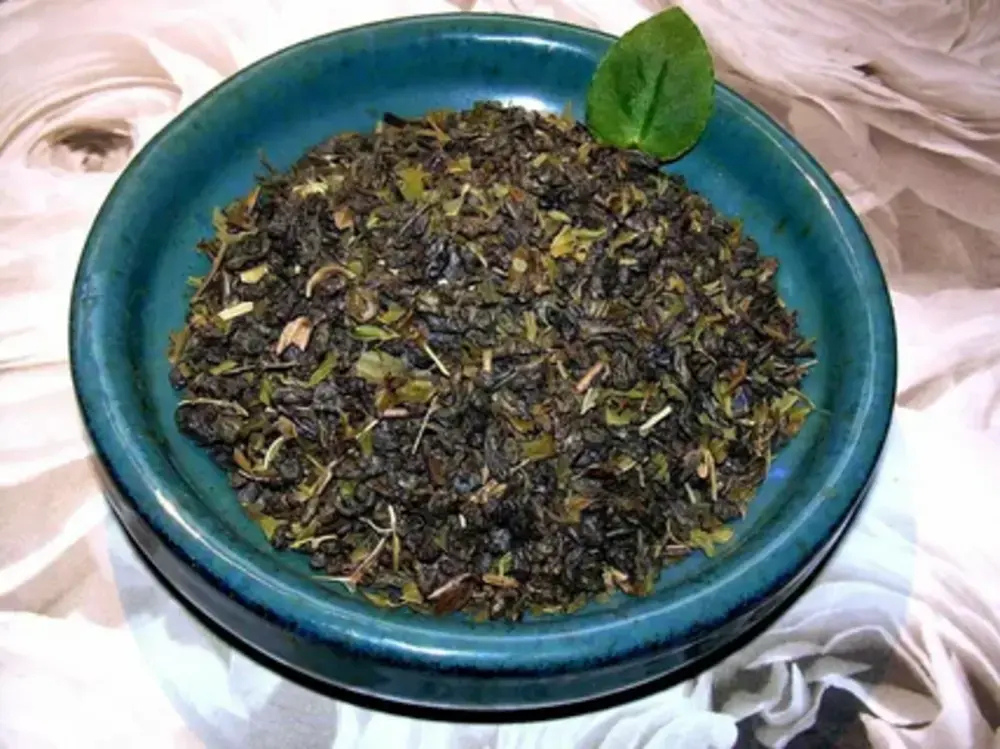Mixing green tea and black tea offers amazing health perks—better focus, fat burn, and antioxidants for a stronger, healthier you.
Introduction
Have you ever wondered what would happen if you combined the smooth freshness of green tea with the rich depth of black tea? More and more tea lovers are discovering that mixing these two classics creates a perfect balance of flavor and wellness benefits.
Green tea is known for its light, grassy notes and powerful antioxidants that support your body and mind. On the other hand, black tea brings a bold, malty taste and a natural caffeine boost that helps you stay energized and focused. When you mix them together, you get the best of both worlds — a cup that’s both soothing and stimulating.
This blend not only enhances focus and supports metabolism but also adds an exciting twist to your daily tea routine. It’s a simple yet enjoyable way to explore new flavors, nourish your body, and make your tea time feel fresh and rewarding again.
Understanding Green Tea vs Black Tea: What’s the Difference?
Before you start mixing green tea and black tea, it’s good to know what makes them unique. Both teas come from the same plant — Camellia sinensis — but the difference lies in how they’re processed. Green tea leaves are quickly steamed or pan-fired to prevent oxidation, keeping their fresh green color and high antioxidant content.
Black tea, on the other hand, goes through full oxidation, which gives it a darker color, stronger flavor, and richer aroma. This process also increases its caffeine level, making black tea more energizing, while green tea provides a gentler boost.
When you mix the two, you get the perfect balance — the freshness and calm of green tea with the boldness and vitality of black tea. This combination creates a smooth, flavorful brew that offers both energy and relaxation in one harmonious cups
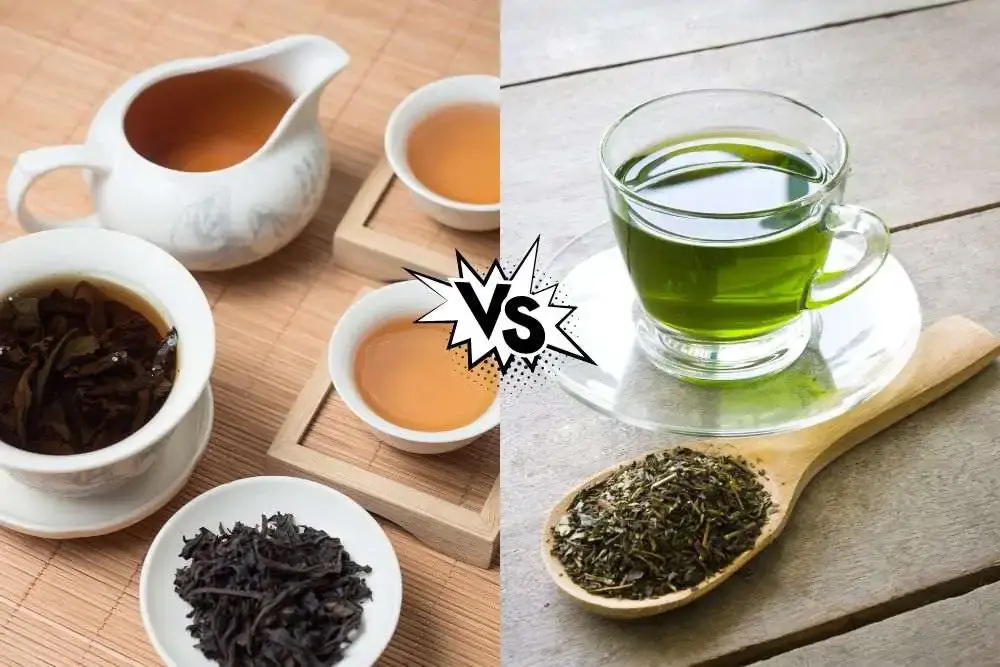
Benefits of Mixing Green Tea and Black Tea
Mixing green tea and black tea isn’t just about exploring flavor—it’s a smart way to combine two powerful sources of antioxidants, polyphenols, and amino acids. Each tea brings its own unique benefits, and together they create a synergistic blend that can boost both wellness and energy Mixing green tea and black tea isn’t just about creating a new flavor—it’s a clever way to combine two powerful teas packed with antioxidants, polyphenols, and amino acids. Each tea brings unique health benefits, and together, they form a synergistic blend that supports energy, focus, and overall wellness.
Green tea’s catechins (like EGCG) and black tea’s theaflavins work together to fight oxidative stress and boost immunity. This mix also supports metabolism and weight management by helping your body burn calories more efficiently—especially when paired with healthy habits.
The blend offers balanced energy too: black tea provides a quick caffeine lift, while green tea’s L-theanine promotes calm focus without jitters. Over time, this combination may improve heart health, brain function, and circulation.
Beyond wellness, this mix delivers a rich, layered flavor—the grassy lightness of green tea meeting the deep, malty strength of black tea. It’s an ideal, versatile drink for any time of day 1. Choose Quality Teas
Start with premium loose-leaf teas for the best flavor and aroma. Green teas like Sencha or Dragon Well (Longjing) pair wonderfully with black teas such as Assam or Darjeeling. Avoid overly flavored or artificial blends—they can mask the natural character of your mix.
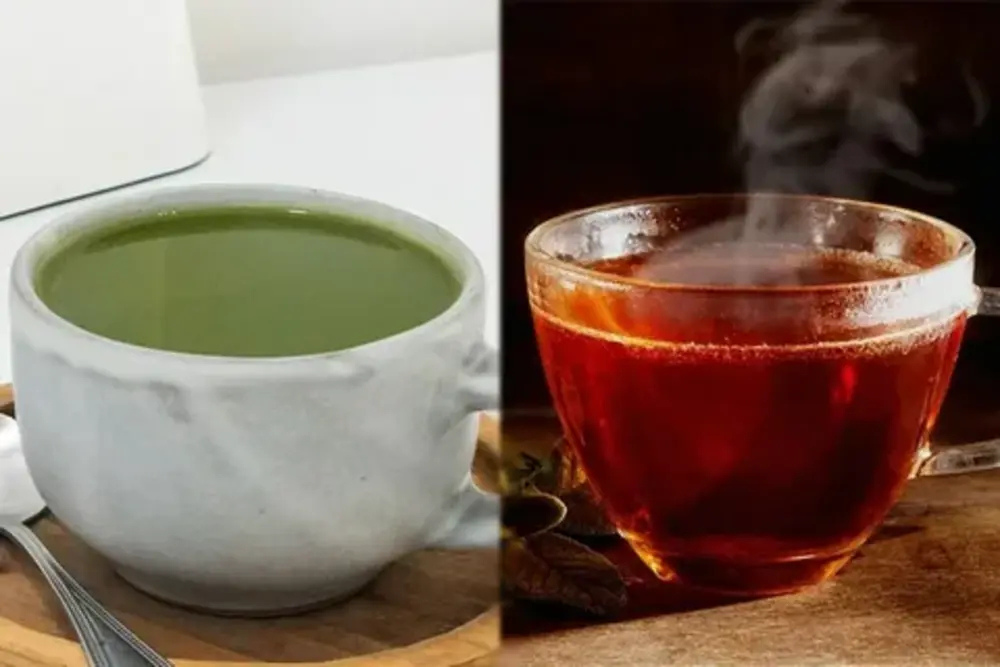
How to Mix Green Tea and Black Tea: Methods & Ratios
When it comes to mixing green tea and black tea, the secret lies in balance — both in flavor and brewing technique. Because these teas differ in oxidation levels, caffeine content, and steeping temperature, blending them properly ensures you get the best taste and health benefits from each.
1. Choose Quality Teas
Start with premium loose-leaf teas for the best flavor and aroma. Green teas like Sencha or Dragon Well (Longjing) pair wonderfully with black teas such as Assam or Darjeeling. Avoid overly flavored or artificial blends—they can mask the natural character of your mix.
2. Find Your Ideal Ratio
If you’re new to blending, try a 1:1 ratio (equal parts green and black tea) for a balanced taste. Prefer something milder? Go for 70% green tea and 30% black tea. If you want a stronger, bolder flavor, reverse the ratio.
3. Master the Steeping Technique
Since black tea needs hotter water, steep it first at 90–95°C (194–203°F) for about 2 minutes. Then add the green tea leaves and let them steep together for another 1–2 minutes. This method prevents bitterness and keeps the antioxidants intact.
4. Experiment and Personalize
Tea blending is an art—don’t be afraid to experiment! Try different leaf types, adjust steeping times, or even cold brew your blend for a refreshing twist. Over time, you’ll discover the perfect mix that fits your taste and lifestyle.
Brewing Tips & Best Practices for Mixing Teas
Mixing green tea and black tea is all about finding the perfect balance of flavor and technique. Because both teas differ in oxidation, caffeine content, and brewing temperature, getting the method right ensures a smooth, flavorful, and health-boosting cup every time.
1. Choose Quality Teas
Start with premium loose-leaf teas for the best flavor and aroma. Green teas like Sencha or Dragon Well (Longjing) pair wonderfully with black teas such as Assam or Darjeeling. Avoid overly flavored or artificial blends—they can mask the natural character of your mix.
2. Find Your Ideal Ratio
If you’re new to blending, try a 1:1 ratio (equal parts green and black tea) for a balanced taste. Prefer something milder? Go for 70% green tea and 30% black tea. If you want a stronger, bolder flavor, reverse the ratio.
3. Master the Steeping Technique
Since black tea needs hotter water, steep it first at 90–95°C (194–203°F) for about 2 minutes. Then add the green tea leaves and let them steep together for another 1–2 minutes. This method prevents bitterness and keeps the antioxidants intact.
4. Experiment and Personalize
Tea blending is an art—don’t be afraid to experiment! Try different leaf types, adjust steeping times, or even cold brew your blend for a refreshing twist. Over time, you’ll discover the perfect mix that fits your taste and lifestyle.
while integrating secondary terms like caffeine sensitivity, tannins, side effects, and health precautions.
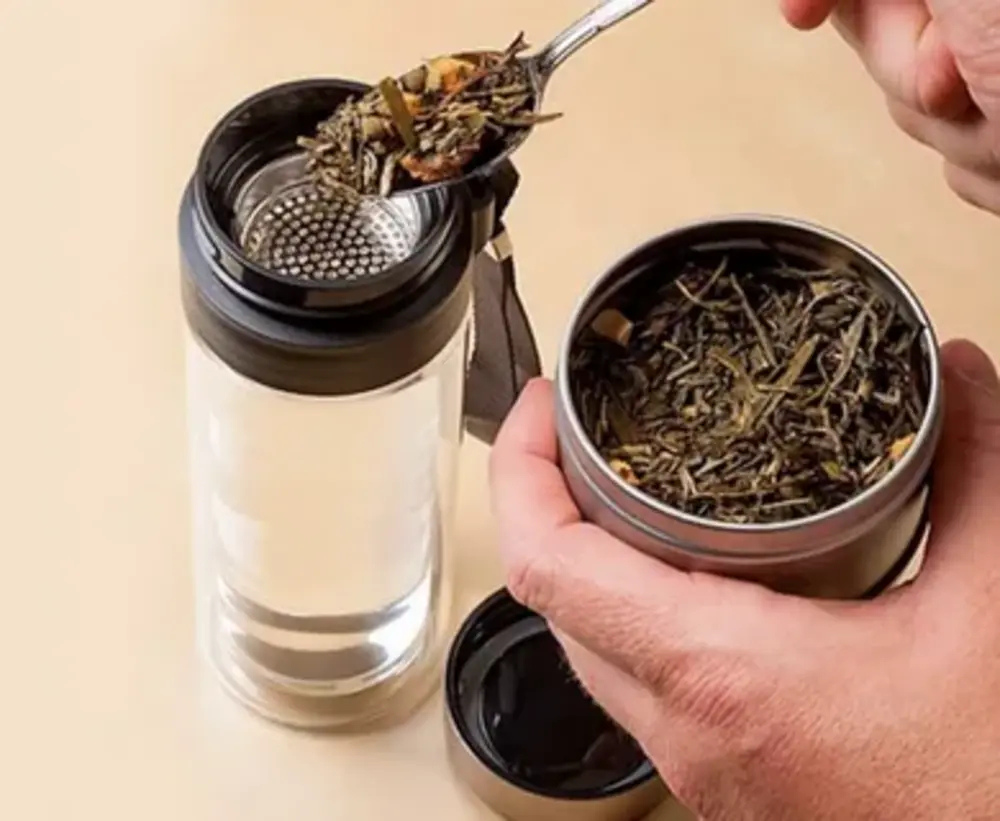
Potential Downsides & Who Should Be Cautious
While mixing green tea and black tea can be a healthy and flavorful habit, it’s still important to know the potential downsides and understand how your body reacts. Both teas naturally contain caffeine and tannins, which may affect some people differently.
If you’re sensitive to caffeine, remember that blending both teas increases the total amount. This can sometimes lead to jitters, restlessness, or trouble sleeping. To avoid this, try using more green tea in your mix or switch to decaffeinated versions.
Some people may also experience mild stomach irritation or reduced iron absorption due to tannins. To minimize this, enjoy your tea between meals instead of during them.
Lastly, if you have heart issues, liver concerns, or take medications like blood thinners, it’s best to consult your doctor before drinking this blend regularly.
In general, moderation is key — when consumed mindfully, mixing green tea and black tea can be both safe and beneficial for most people.
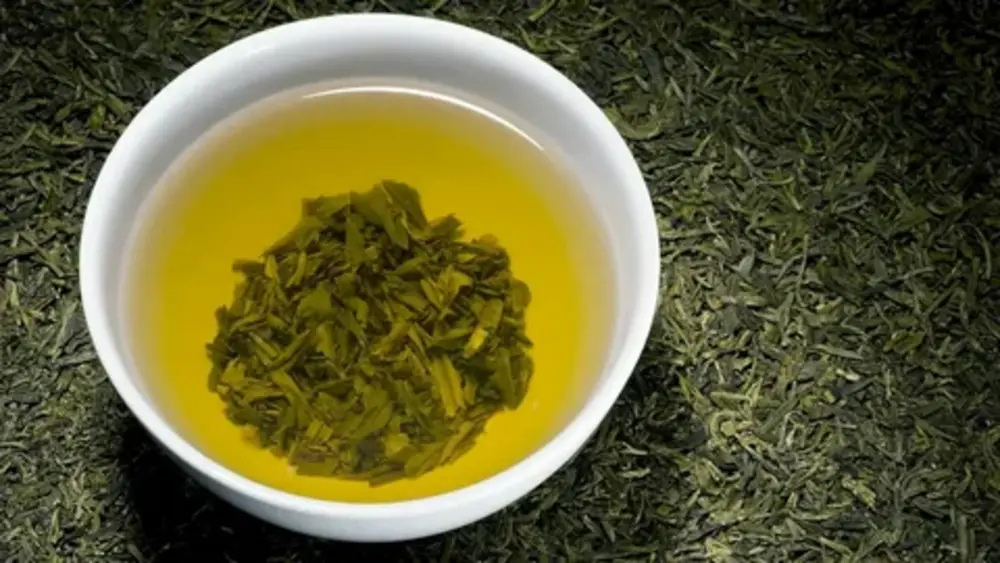
FAQ Section
1. Can I mix any type of green tea and black tea together?
Absolutely! Most varieties pair well together. Try classic combos like Sencha with Darjeeling or Matcha with Assam for a naturally balanced flavor. Just avoid heavily flavored or artificial blends, as they can overpower the delicate harmony between the two teas.
2. What’s the ideal ratio when mixing green tea and black tea?
A 1:1 ratio is perfect for a balanced cup in both flavor and caffeine. If you enjoy a lighter, smoother brew, go for 70% green tea and 30% black tea. For a stronger, more robust taste, simply increase the black tea portion.
3. Does mixing them reduce their health benefits?
Not at all! When you blend green tea and black tea, you actually combine the antioxidants, catechins, and theaflavins from both — offering a wider range of wellness benefits.
4. Can I drink the blend every day?
Yes, you can! Having 1–2 cups a day is generally safe for most people. Just keep an eye on your caffeine intake if you’re sensitive.
5. What’s the best time to enjoy it?
The morning or early afternoon is ideal. This blend provides a smooth, steady energy boost without the crash that coffee often brings — making it a refreshing, healthful part of your daily routine.
Conclusion
Mixing green tea and black tea is one of the simplest yet most satisfying ways to take your tea experience to the next level. When you blend the fresh, grassy lightness of green tea with the deep, bold flavor of black tea, you create a cup that’s both refreshing and comforting. It’s a perfect harmony of taste and health — combining antioxidant power, gentle energy, and a smooth, layered flavor that fits beautifully into any time of day.
When prepared with care — using the right ratio, temperature, and steeping time — this blend becomes more than just a drink. It turns into a mindful ritual that helps you feel energized, calm, and centered.
Whether you’re a casual tea drinker or a passionate tea lover, mixing green tea and black tea opens the door to a whole new world of flavor, balance, and well-being — one soothing sip at a time.


